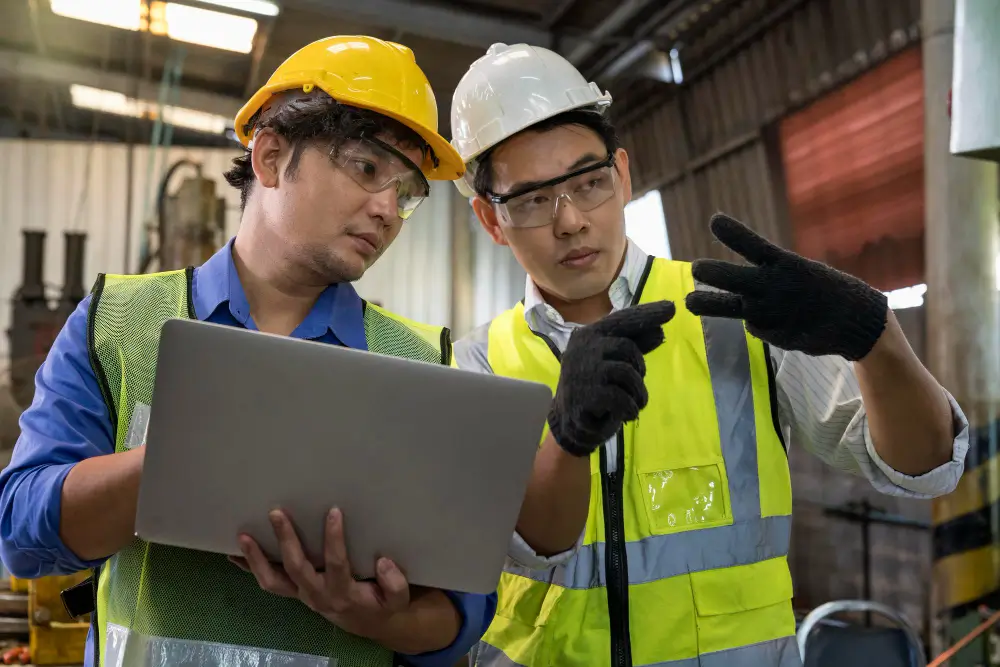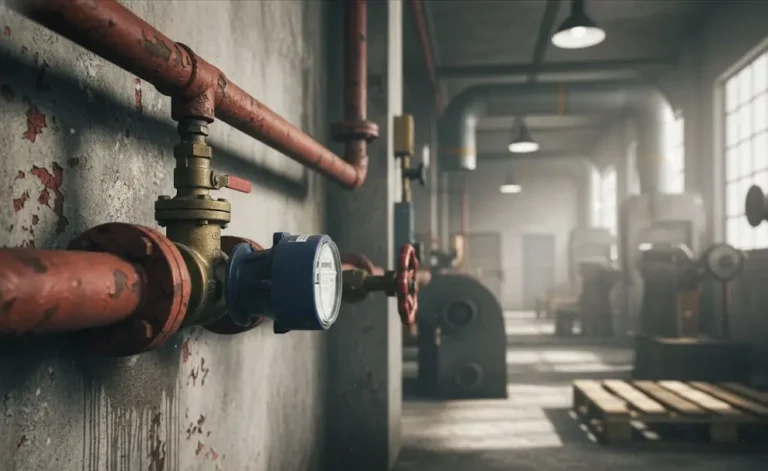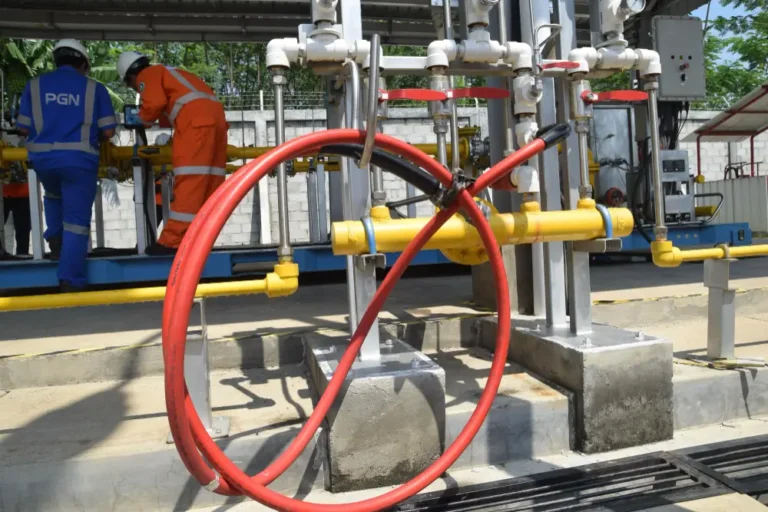TL;DR: Choosing the right gas detection system plays a big role in keeping industrial sites safe. Different environments call for different tools, whether it’s fixed monitors for constant coverage or portable detectors for flexible use. The right setup helps catch hazards early, supports faster response, and keeps workers protected.
Key Takeaways:
- Each gas detection type serves a different purpose based on risk and environment.
- Fixed systems are reliable for known hazards, while portable ones are best for changing work zones.
- Sensor technologies differ in how they work and what gases they detect.
- Regular calibration and smart system integration are key to maintaining safety and response times.
You won’t always see, smell, or sense them before they become dangerous. Whether you’re managing a factory, oil rig, wastewater facility, or shipyard, a gas leak can lead to serious injuries, costly shutdowns, or even fatalities.
That makes selecting the right gas detector more than a box-ticking exercise. It’s a practical step toward protecting people and avoiding headlines for all the wrong reasons.
So, how do you know which gas detector actually fits your site and your specific risks? Here’s a breakdown to help you make a confident, informed choice.
Fixed vs. Portable
Fixed Gas Detectors: The Silent Guardians
Fixed gas detection systems are installed in set locations around a facility to provide ongoing monitoring. They’re a strong fit for places like chemical plants, refineries, and storage sites where gas risks are known and consistent.
They’re especially helpful in enclosed spaces or high-risk zones where gas leaks can go unnoticed until they become dangerous. They can detect gases such as oxygen (O2), flammable gases, and toxic ones like carbon monoxide (CO) and hydrogen sulphide (H2S).
Portable Gas Detectors: Your Personal Safety Buddy
Portable gas detectors are designed for flexibility. Workers can carry them or wear them as they move around the site. They provide real-time alerts, which makes them a reliable tool during maintenance work, confined space entries, or emergency situations.
They are especially practical for situations where gas exposure is unpredictable or work locations change frequently.
Choosing between fixed and portable gas detection systems can be tricky if you’re not sure which is more suited to your operations. Each type has its strengths, depending on how and where it’s being used.
For a deeper look at the pros and cons of both options, check out our article on Portable Gas Detectors vs. Fixed Systems.
Electrochemical, Infrared, and Catalytic: Sensor Types That Drive Accuracy
Electrochemical Sensors: The Go-To for Toxic Gases
Electrochemical sensors detect gases by creating a small electrical current when the target gas comes into contact with the electrode. They’re a popular choice for identifying toxic gases such as:
- Carbon monoxide (CO)
- Hydrogen sulphide (H2S)
- Nitrogen dioxide (NO2)
Pros: They can detect even low concentrations of gas, which makes them highly effective for safety-critical environments.
Their low power consumption helps extend battery life in portable devices, and their selectivity allows them to focus on specific gases without being thrown off by unrelated substances.
Cons: They can be sensitive to environmental changes like humidity and temperature, which may affect accuracy.
Over time, the sensor components degrade, meaning they need to be replaced more often than some other sensor types.
Infrared Sensors: No Flame, No Problem
Infrared (IR) sensors are commonly used to detect gases like hydrocarbons and carbon dioxide. They operate by measuring how much infrared light is absorbed by the gas molecules they’re designed to detect.
Pros: They have a long operational life and are reliable even in environments where oxygen levels vary. Unlike some other sensors, they aren’t prone to poisoning, which helps maintain accuracy over time.
Cons: They tend to be more expensive upfront and are only effective with gases that absorb infrared light, so they’re not suitable for detecting every type of gas.
Catalytic Bead Sensors: Combustible Gas Detection Workhorse
Catalytic bead sensors identify combustible gases by burning the gas on a heated bead, which changes its electrical resistance. That change is then measured to determine gas concentration.
Pros: They react quickly to the presence of combustible gases and have a long track record of consistent performance in various industries.
Cons: They use a small amount of oxygen during operation, which can be a drawback in low-oxygen environments. They’re also vulnerable to certain substances like lead or silicone, which can reduce accuracy over time.
The Importance of Multi-Gas Detectors
Some sites need more than standard gas detection. A custom system allows you to cover specific hazards without adding unnecessary complexity or cost.
Learn more about the advantages of custom gas detection systems to see if this approach suits your operation.
In most industrial settings, it’s rare to face just one type of gas hazard. Different work areas often come with different exposure risks, depending on the tasks being performed.
That’s where multi-gas detectors come in. They’re designed to monitor a combination of gases at the same time, such as:
- Oxygen levels
- Flammable gases
- Toxic gases like carbon monoxide (CO) and hydrogen sulphide (H2S)
Because they’re available as both portable units and fixed installations, multi-gas detectors can adapt to a variety of job sites and workflows.
They’re useful across different work conditions, whether someone is entering a confined space, working in a high-risk zone, or moving around various parts of the site.
Don’t Forget Calibration and Maintenance
Even the most reliable gas detector won’t do its job if it’s neglected. To keep it accurate and working as it should, regular calibration is a must. Some models handle this automatically, while others need manual attention.
It’s a good idea to follow the manufacturer’s recommended schedule closely. Setting up calendar reminders and keeping a simple log of each check can help ensure nothing slips through the cracks.
Integration with Control Systems
Gas detectors have evolved from being standalone safety devices. They can be integrated with your plant’s broader control systems, like SCADA or DCS. Once connected, they can trigger automatic responses the moment a hazard is detected.
That might include shutting down equipment, turning on ventilation, or sending instant alerts to operators. This kind of integration improves reaction time and helps prevent incidents that could be missed if left solely to manual monitoring.
Why Minerva Stands Out for Gas and Flame Detection
Minerva Intra is more than just a supplier of gas detection equipment. We’re safety partners for industries across Singapore and beyond.
With deep expertise in marine, oil and gas, petrochemical, and power generation sectors, our solutions are tailored to meet your site’s unique challenges.
Our team understands the unique challenges that come with high-risk environments.
We offer:
- Portable and fixed gas detection systems for various site needs
- Real-time monitoring solutions for high-risk industrial areas
- Site-specific advice from experienced industry professionals
- Certified gear backed by full support and service
To explore our full capabilities in gas, flame, and environment monitoring, visit our dedicated solutions page: Gas, Flame Detection & Environment Monitoring
Not Sure Which Detector Fits Your Site? Let’s Find the Right Match
Whether you’re replacing an outdated system or planning a new installation, our team is here to guide you.
Contact us today for a free consultation or book an on-site assessment.
We’ll walk your site, understand your needs, and recommend the best-fit solution to keep your people, assets, and operations protected without the sales fluff.






